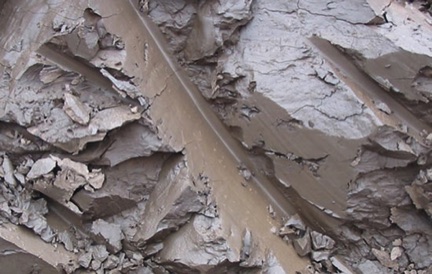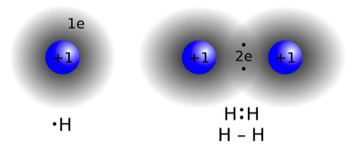History & Definition

Background History
The word 'ceramic' is trace back to the Greek word, 'Keramos', which means 'pottery'. Furthermore, 'Keramos' is traced back to the older Sanskrit rootword 'to burn'. The Greeks used this term, meaning "burned earth" to refer to items being made through a high-temperature heat treatments called Firing; clay products: sculpture, eating & drinking vessels, functional containers, etc. Ceramics can and has now included Ceramics Art, Bioceramics, Electonic Ceramics, Industrial/Building Products, and even Ecological Preservation.
What Are Ceramic Material?
Ceramic material are inorganic, non-metalic material bonded together by ionic and/or covalent bonds. This bonding occurs by the action of heating and cooling of these chemicals compositions which can vary considerable, from simple compounds to mixtures of many complex phases bonded together. Ceramic materials may have a crystalline, partly crystalline structure, or even amorphous.
What Are Ceramic Materials?
Fusing Ceramic Material
Ionic bonding is a type of chemical bonding that involves the electrostatic attraction between oppositely charged ions, and is the primary interaction occurring in ionic compounds. It is one of the main types of bonding along with Covalent bonding and Metallic bonding. Ions are atoms with an electrostatic charge.
A covalent bond, also called a molecular bond, is a chemical bond that involves the sharing of electron pairs between atoms. These electron pairs are known as shared pairs or bonding pairs, and the stable balance of attractive and repulsive forces between atoms, when they share electrons, is known as convalent bonding.
